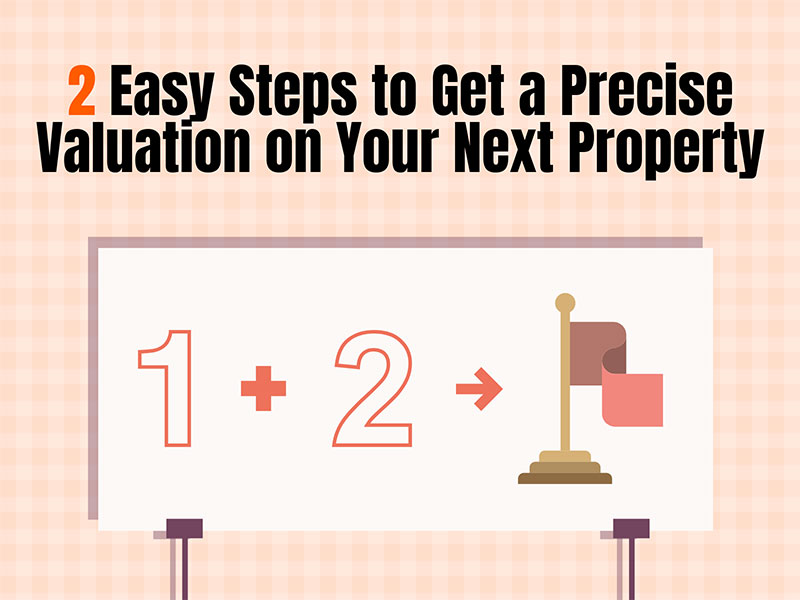
At a seminar I attended recently, the speaker recounted a horror story his parents had gone through. Decades ago when they purchased their HDB flat, they’d chosen it mainly for its feng shui and appealing décor. To them, these took priority over everything, including the valuation. Unfortunately, this also meant they failed to consider how to finance the HDB purchase price until it had been fully paid off.
As retirees decades later, they’d gotten a letter from CPF indicating that they were out of funds to pay off the remaining mortgage. In just a few short years, they were in danger of losing their home.
Obviously, you don’t want to be caught in a scenario like the above – retired with minimal income and facing the possibility of being evicted (or at least being forced to downgrade).
But checking on the valuation of the property you’re buying is important for a few other reasons:
So whether this will be your first home purchase or an investment property, some solid financial planning will help you make sure you don’t bite off more than you can chew!
Valuation professionals typically use a few methods to come up with property price estimates. Very briefly, these are:
The HDB valuation process involves their own panel of valuers licensed by IRAS.
Alternatively, you can find licensed valuers at the Singapore Institute of Surveyors and Valuers (SISV).
Now that we’ve covered the why and how, let’s tackle the two easy steps to get a valuation on your dream home.
You likely already have preferred locations in mind – or at the very least, certain criteria for your dream home.
So the first step is to check on recent transactions for properties in your desired area(s). Handily, the HDB Resale Portal and URA publish all this data with a convenient search function. This will give you a price range to expect, though be prepared to pay more if you’re looking for a move-in ready home.
On the flip side, this price range will also clue you into any anomalies you encounter. For instance, be wary of a property that’s priced too low – it may indicate expensive defects that you’ll have to fix later on.
You can also check out price estimate tools like MyHomeValue™ or property listing websites like SRX. Note that with listing websites, sellers will typically price their properties higher to account for negotiations.
You can opt to skip this step, but just know that it’ll leave you less equipped to negotiate with the seller afterwards. Without doing the proper research, many buyers balk when they realize that the private property / HDB valuation is lower than the purchase price quoted. You don’t want to end up forfeiting the thousands you paid for the Option Fee!
If you’re getting an HDB, you can only submit the Request for Value after you’ve received an Option to Purchase (OTP) from the seller. (This is assuming you’ve already registered your Intent to Buy, of course!)
This should be done by the next working day after the Option Date and will cost you a non-refundable $120 processing fee. You’ll need this if you plan on using your CPF monies or a housing loan to finance the purchase, so don’t procrastinate!
After getting the HDB valuation, you can choose whether or not to proceed. The OTP isn’t a finalized sale, so you can still back out here. You’ll lose the Option Fee you paid, but it’s better than being burdened with a home you can’t actually afford for the next 30 years!
If you’re going for private property, you’ll have to get the valuation from a third party. Banks will give you an indicative valuation, but these tend to be subjective and the figures vary from bank to bank. If you want to be doubly sure, we’d recommend getting a Comparative Market Analysis (CMA) from an agent (it’s free and non-obligatory).
Was this article helpful? Share it with a friend!
Meiling is an American-born Chinese living in Singapore. As a property owner herself, she enjoys doing research into the local real estate market and making highly technical topics easy to understand for readers. In her spare time, Meiling enjoys going for a long run or snuggling into her armchair with a good book.